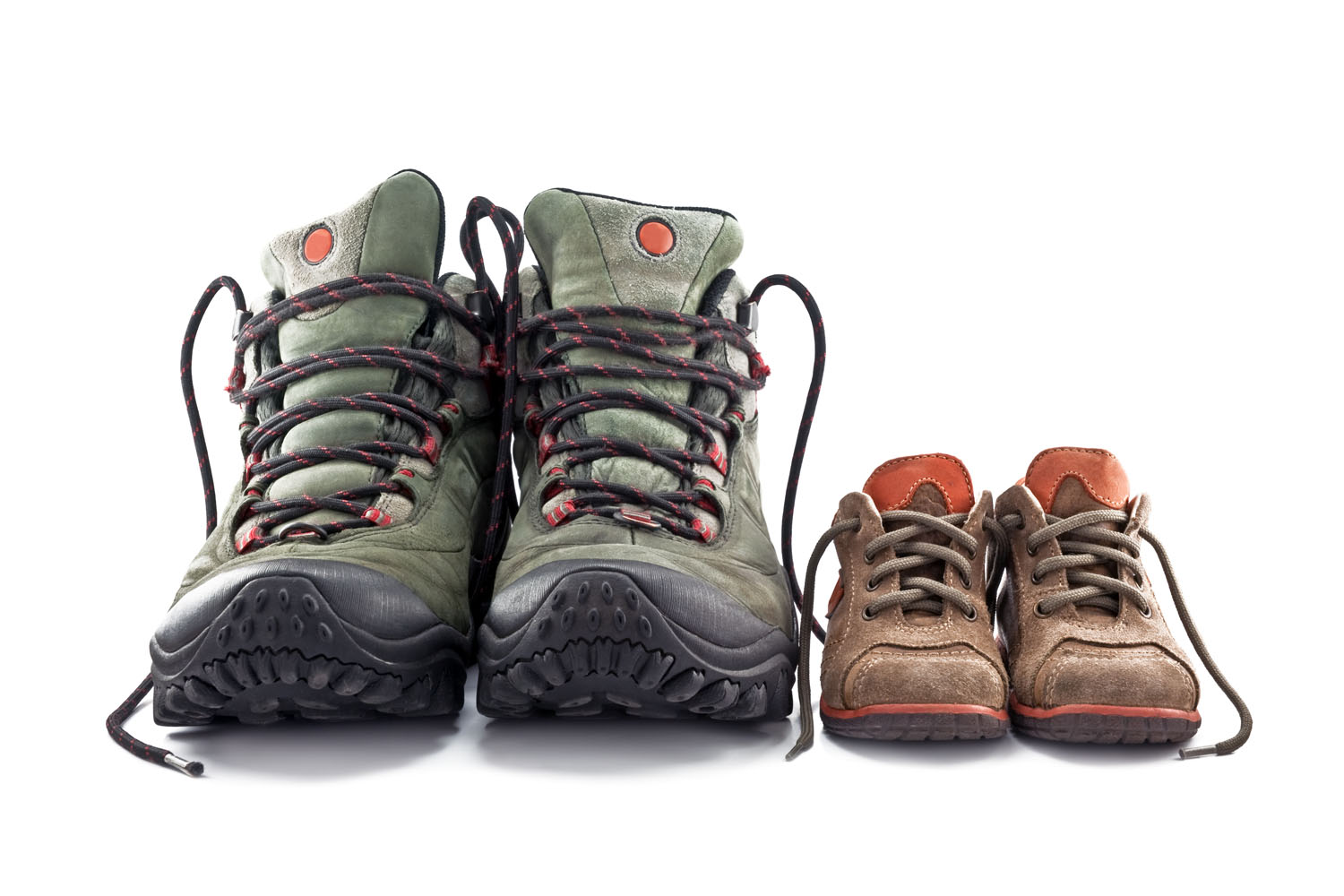
Hiking boots offer additional help for long journeys and are sufficiently solid to shield your feet. Moreover, prevent the feet from being injured by the stones and the various sorts of metal pieces you may experience en route. Brands that give best-hiking footwear are the smartest choices.
Indeed, even the best boots should be changed periodically. Truth be told, many climbing wounds can be ascribed to shoes that are long-lasting, so it’s critical to realize when to replace your old climbing boots. To keep your hiking experience as fun as it could be; you must protect your feet from injuries. Therefore, I have assembled the 5 most considerable signs that you need another pair of climbing shoes.
Sign 1. Hiking Boot Appearance
It is a very good habit of a hiker to give a keen examination to his hiking shoes all-around before going on climbing. General mileage is basic for any shoe, yet hiking boots might be increasingly defenseless to harm because of the landscape and extraordinary conditions they might be compelled to persist. Subsequently, certain parts of your shoes’ appearance may give an alarm that it’s an ideal opportunity to put some money into another pair.
Sign 2. Hiking Shoelaces
Frayed or destroyed shoelaces are a typical event for any shoe utilized all the time. The consistent pulling, picking, and extricating activities will destroy them to the point that they may in the end break. Despite the fact that shoelaces can without much of elasticity be supplanted soon, harmed bands might be an early sign that your boot is beginning to age.
Sign 3. Leather, Fabric or Synthetic Upper and Stitching
Check the outer leather or fabric, texture or manufactured upper for any cracks or tears. If remain unchecked these imperfections can affect the basic dependability of the climbing boot and can be more problematic. The same can be said for the shoe’s sewing. If you observe that stitching on the upper or around the sole is frayed or isolated, this is an indication that it’s an ideal opportunity to put resources into another pair of climbing boots. However defective sewing can hinder the trustworthiness of the boot and influence its waterproofing capacities.
Sign 4. Boot Shape
Change in shape of your footwear is a common thing that speaks about the aging of your shoe. If you keenly notice your shoe than you can detect the change in shape. When your hiking shoe begins looking twisted, compliment, unbalanced or more extensive than it used to be, it’s an ideal opportunity to spend some money and get yourself another pair. Deformed climbing boots make a genuine security issue, which can build hazard for injury and falls during climbing.
Sign 5. The midsole of Hiking Boot
The component of hiking boots that gives you comfort the most is the midsole. In addition, it provides cushioning to the joints of your feet, ankle, and knees. So the perfection of the midsole is necessary to maintain. Moreover, if the layer loses its cushioning then ultimately makes the shoes very uncomfortable, which distracts you to feel the fun of hiking.
After discussion, I came to the conclusion that there are many signs that indicate the right time to replace your hiking footwear. According to my thought, the above mentioned 5 signs should be considered the most. Realizing when to replace your old climbing boots can spare you a great deal of unnecessary pain and anguish later on. As we all know, nothing keeps going forever, so it’s inescapable that you will need to leave behind your old pair of climbing boots at some point. Fortunately, there is a wide range of styles accessible for men, women, and children at different values focuses to fit each financial plan.
